Ecuador, northern Peru, & Colombia
11 June to 7 July 2004
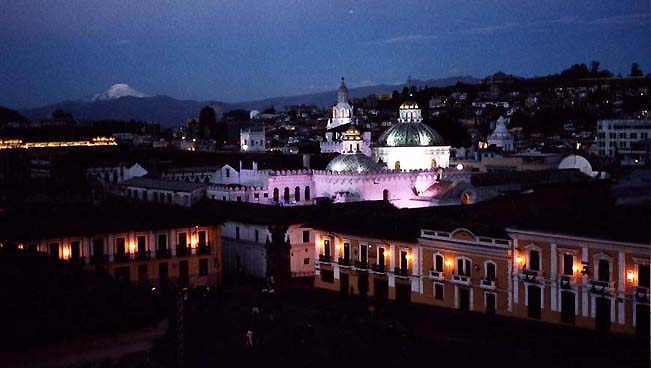
Sunset view from my room over
the Plaza San Francisco, in the heart of
Quito’s lovely old town.
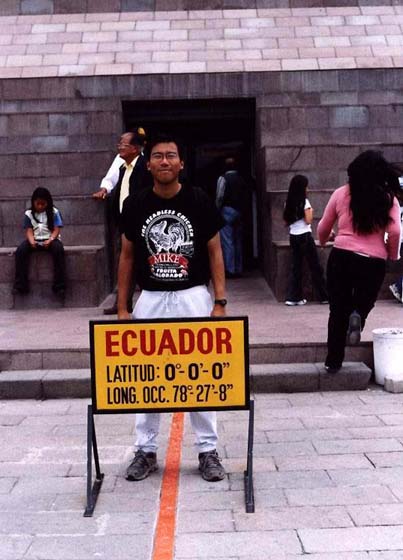
A theme park-like tourist
complex complete with giant obelisk and fake
colonial village has been created an hour north of Quito at the site of
the Mitad del Mundo, or “middle of the world.” My right foot is
south of the equator and my left foot north, purportedly.
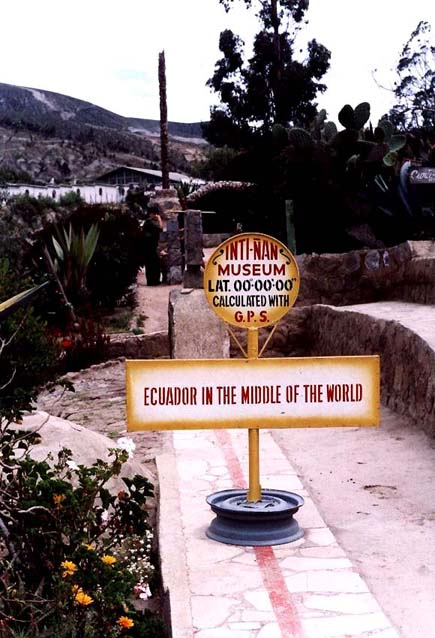
However, the position of the
equator at the Mitad del Mundo was based
on the assessment of French explorer Charles-Marie de la Condamine in
1736, and it missed by about 200m to the south. At the position
of the “real” equator, as determined by GPS and by quirky experimental
evidence presented at the site, is the eclectic little Inti-Ñan
private museum, well worth a visit.
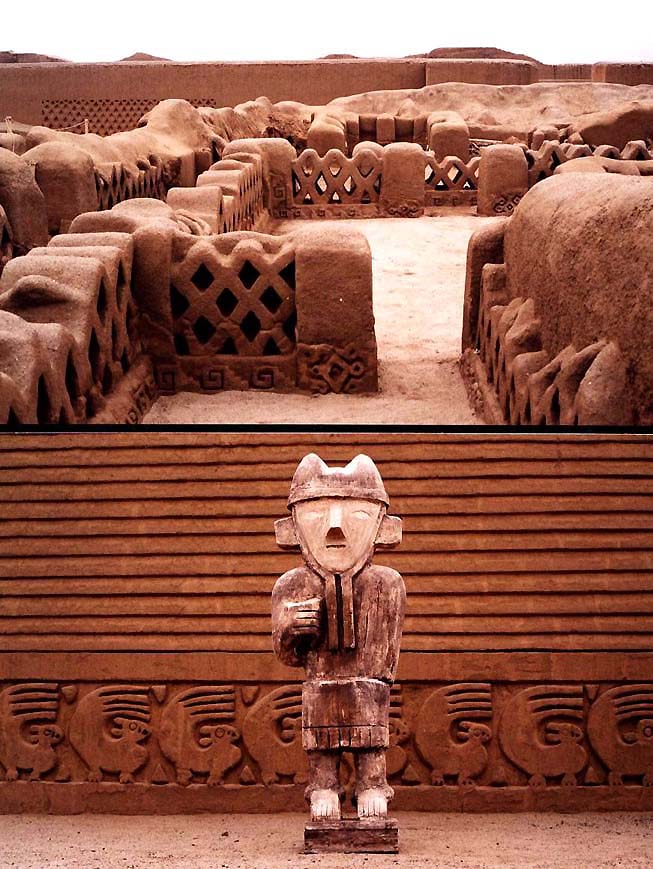
The surprisingly little known
Chan Chán ruins is one of the
great archaeological treasures in the desert of northern Peru, rightly
termed the Egypt of South America. The ornate Ciudadela de Schudi
of this site, the largest adobe city in the world, has been partially
reconstructed from the original pre-Incan ruins. Peru’s rich
legacy of pre-Incan civilizations is among the finest and oldes in the
Americas, and its art far outshines the relatively spartan decorations
in better known Inca sites like Machu Picchu.
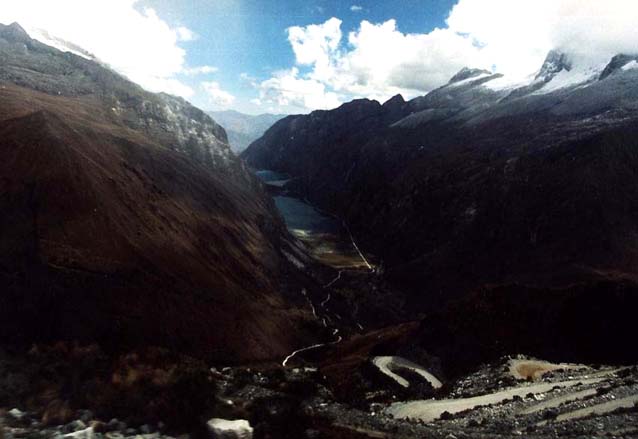
View toward the Llanganuco
lakes from the 4767m Portachuelo de
Llanganuco pass in the Cordillera Blanca of northern Peru. The
spectacular views from the two 4700m+ passes, passing through 6000m+
peaks, are the highlights of the Santa Cruz-Llanganuco trek, one of
countless trekking possibilities based from the town of Huaraz.
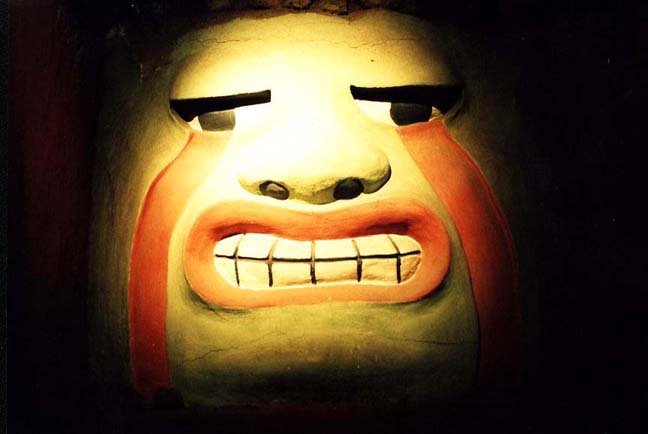
Part of a human-sized wall
decoration of the pre-Incan city of Sechin,
in northern Peru, now stands in the dazzling Museo de la Nacion in
Lima. Without doubt this is the finest archaeological museum in
South America and in my opinion one of the best in the world.
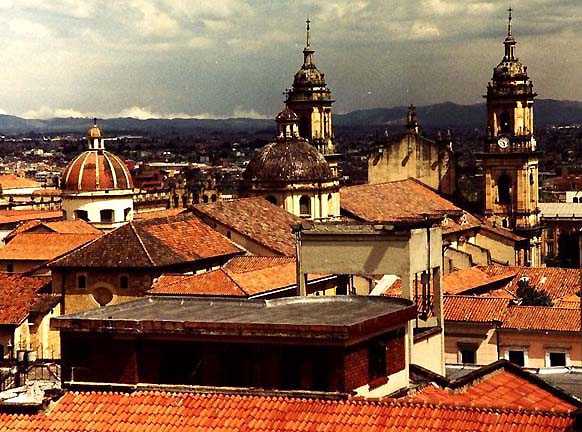
A view over the rooftops of
the colonial Candelaria district and
cathedral of Bogotá, as seen from the top floor cafeteria of the
postmodern Biblioteca Luis Angel Arango. Any preconception
of Colombia as a gun-toting, drug-smuggling den of chaos is quickly
dispelled by the elegant tranquility of its very European capital city.

Just a typical street in the
breathtaking colonial centre of Cartagena,
Colombia’s colourful gem on the steamy Carribean coast which once
housed the plundered gold of the Spanish empire. Only cobblestone
streets are missing from the perfect 17th century illusion, easily the
most beautiful Spanish colonial city in South America
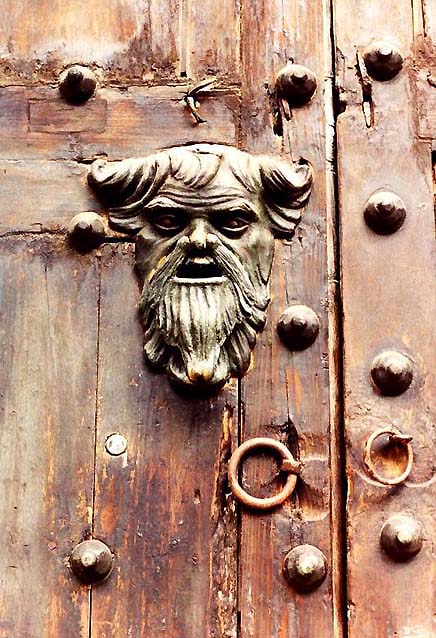
Many authentic period brass
and wood doors to colonial casas remain
dotted around the centre of Cartagena
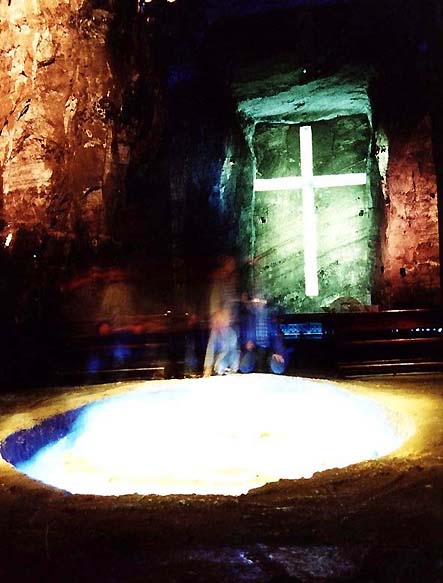
Inside one of the many
chambers of the Zipaquirá Salt Cathedral,
an underground shrine excavated out of a rock salt mine
BACK to
HOMEPAGE









